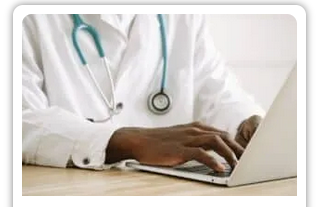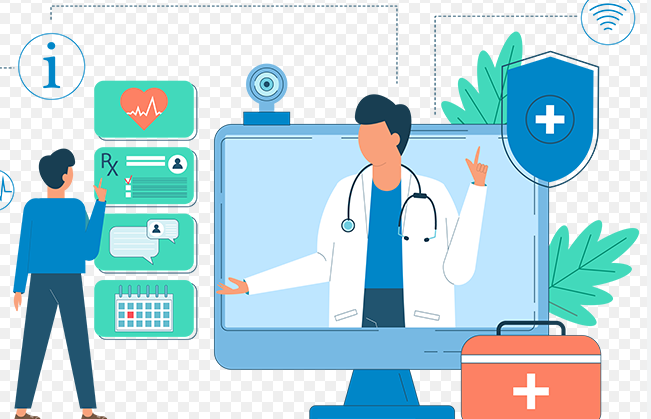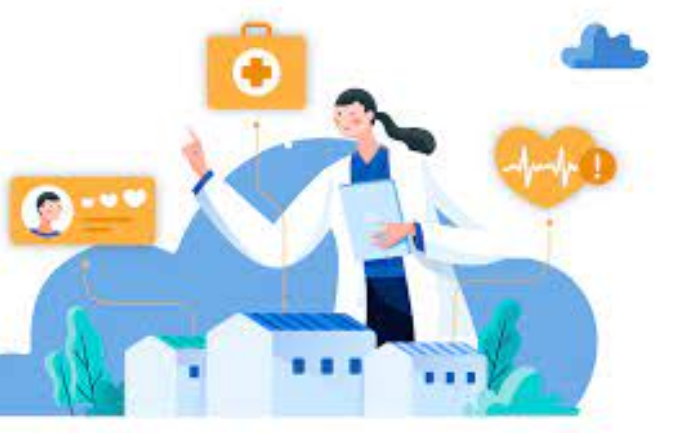Inside the scenery of healthcare, Long-term Care Managing (CCM) stands being a building block in dealing with the complicated requires of people dealing with chronic circumstances. The revolutionary incorporation of technology within remote patient monitoring has stimulated a transformation that redefines how chronic care is provided, boosting individual effects and revolutionizing the medical care practical experience.
CCM improvements funnel the effectiveness of modern technology to make a paradigm shift in controlling persistent circumstances. These advancements influence electronic digital resources, far off checking gadgets, electrical health records (EHRs), and telehealth solutions to increase the top quality, ease of access, and efficiency of look after people working with long term medical issues.
The substance of CCM enhancements depends on remarkable ability to provide ongoing, custom made proper care that extends beyond classic medical clinic trips. Via far off keeping track of gadgets and wearable sensors, sufferers can send actual-time wellness info for their medical care companies. This technologies permits clinicians to monitor vital signs, monitor treatment adherence, and determine lifestyle indicators, assisting proactive treatments and customized treatment plans.
Telehealth solutions play a crucial position in CCM, permitting patients to connect with healthcare professionals from another location. Internet consultation services, telemedicine visits, and secure messaging platforms generate techniques for on-going conversation and support. This incorporation fosters the patient-centric strategy, making sure that people have accessibility to proper care when they need it, no matter what geographic constraints.
Additionally, CCM inventions highlight preventive measures and early on interventions. Superior google analytics and device studying algorithms analyze vast amounts of affected individual info, aiding health-related service providers in figuring out patterns, guessing overall health styles, and intervening before issues arise. This assertive approach not simply enhances overall health benefits but also lowers hospitalizations and emergency sessions.
The affect of CCM innovations stretches beyond person individual treatment to streamline health-related techniques. By optimizing resource employment, minimizing health-related costs associated with chronic conditions, and improving patient total satisfaction, these improvements line up with worth-centered treatment versions, in which the stress is on good quality effects rather than number of providers.
Even so, the entire incorporation of CCM improvements faces obstacles related to interoperability, information stability, and equitable access to modern technology. Defeating these hurdles demands concerted initiatives from medical care suppliers, technologies builders, and policymakers to make sure consistent techniques, info safety, and equitable syndication of impressive options.
In short, CCM improvements stand up as catalysts in transforming constant attention control, heralding a potential where by technologies-pushed, patient-centric techniques redefine the landscape of healthcare. Since these enhancements continue to progress, their possible ways to enhance affected individual benefits, enhance medical care delivery service, and encourage people dealing with constant situations continues to be the main thing on healthcare development.


